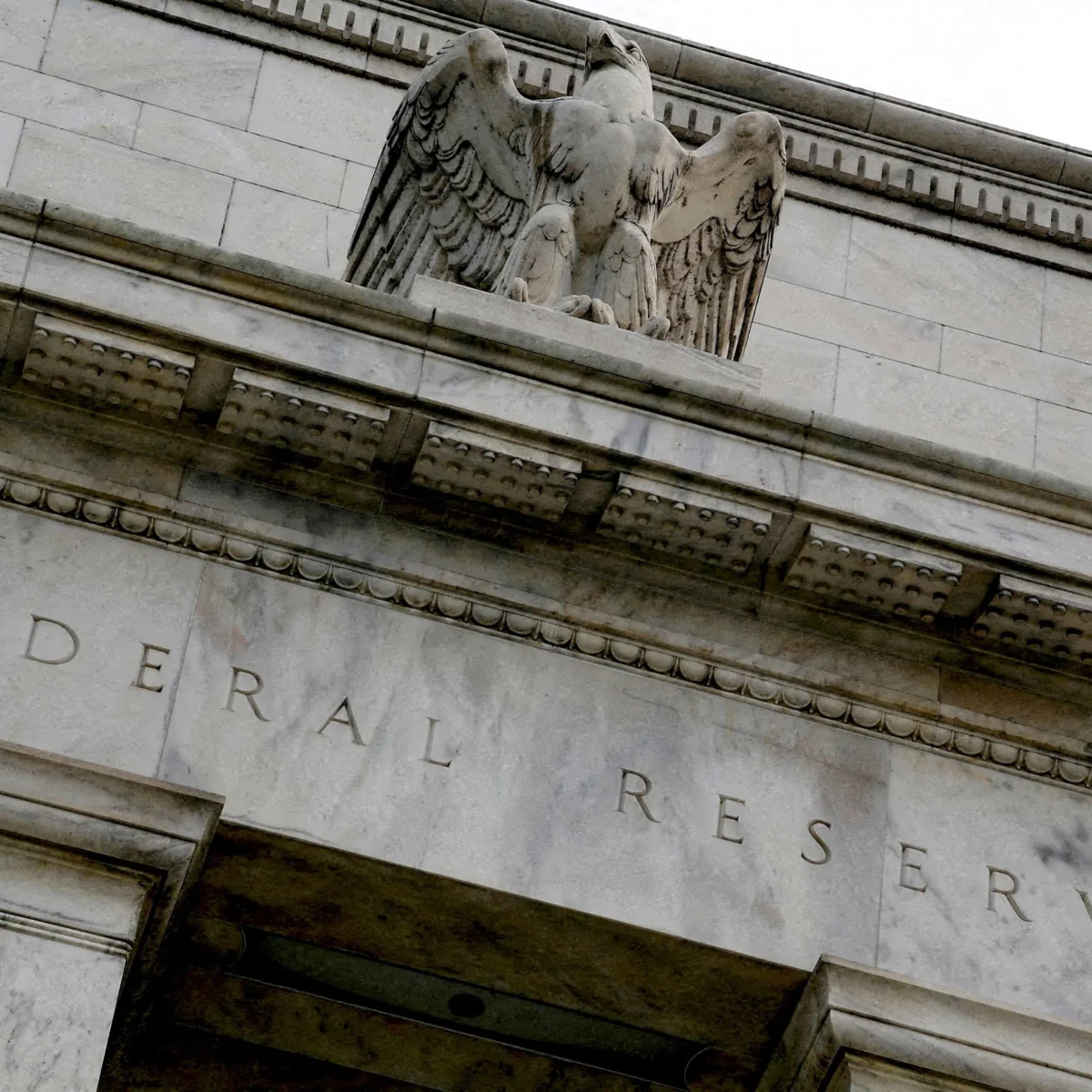[SINGAPORE] Funds that invest in private credit globally may be poised to beat those for private equity (PE) again this year. That is especially if interest rates remain high while exit opportunities in stock markets are stymied by volatility.
An Apr 29 report by index provider MSCI shows that private credit funds generated 6.9 per cent last year, exceeding the PE funds’ return of 5.6 per cent. 2024 marked the third straight year of outperformance.
A relatively new asset class, private credit began as a source of liquidity when the global financial crisis of 2008 caused high-yield and syndicated loan markets to seize up. Demand for private credit has been growing, as tighter regulations make it more onerous for banks to lend to companies.
This indicated the Fed has dropped “its implicit easing bias”, Ray Sharma-Ong, head of multi-asset investment solutions, Southeast Asia, at Aberdeen Investments, said in a May 8 report. The uncertainty surrounding US economic outlook due to the impact of tariffs and trade policy “makes it harder for the Fed to cut rates pre-emptively to support economic growth”.
BT in your inbox

Start and end each day with the latest news stories and analyses delivered straight to your inbox.
“Private credit, predominantly consisting of floating rate instruments, has benefited from the higher interest-rate environment. The increased interest income has more than offset any write-downs and default events,” Keith Crouch, executive director at MSCI Research, told The Business Times. “Given these factors, while private credit funds have shown resilience, the overall trend will depend on how these dynamics evolve.”

Another reason for the more sanguine outlook for private credit compared to PE is the squeeze on exit opportunities amid continued volatility in public stock markets.
PE fund managers rely on deal flow to exit and generate returns for their investors, which typically include pension funds, sovereign wealth funds and insurers. The exits occur when the portfolio companies raise capital via avenues such as initial public offerings, or through mergers and acquisition activity. But these are drying up in the aftermath of the turmoil unleashed on global financial markets by US President Donald Trump’s “Liberation Day” tariffs, and the ongoing trade negotiations.
“The current market environment with the heightened volatility and long-term economic uncertainty simply creates greater exit challenges for PE,” said Michael Jones, managing director at PGIM Private Capital, which manages a US$109.7 billion portfolio of private placements, mezzanine and direct lending investments.
“It is fundamentally easier to exit private credit funds because private credit funds become self-liquidating over time, given the underlying investments have stated maturity dates and private credit can ultimately force an exit if needed (either via a refinancing or a sale) or negotiate an outcome as the borrower needs to address the debt at maturity,” he told BT.

Fewer PE exit opportunities could aggravate the current low rate of distributions, the returns or profits that fund managers disburse to investors.
In the fourth quarter of 2024, the distribution rate of buyout and venture capital funds – two types of PE funds – remained well below their five-year averages before the Covid-19 pandemic, according to the MSCI report. This “remains a concern” for investors in PE funds as capital they would otherwise redeploy to new investments remains stuck.





